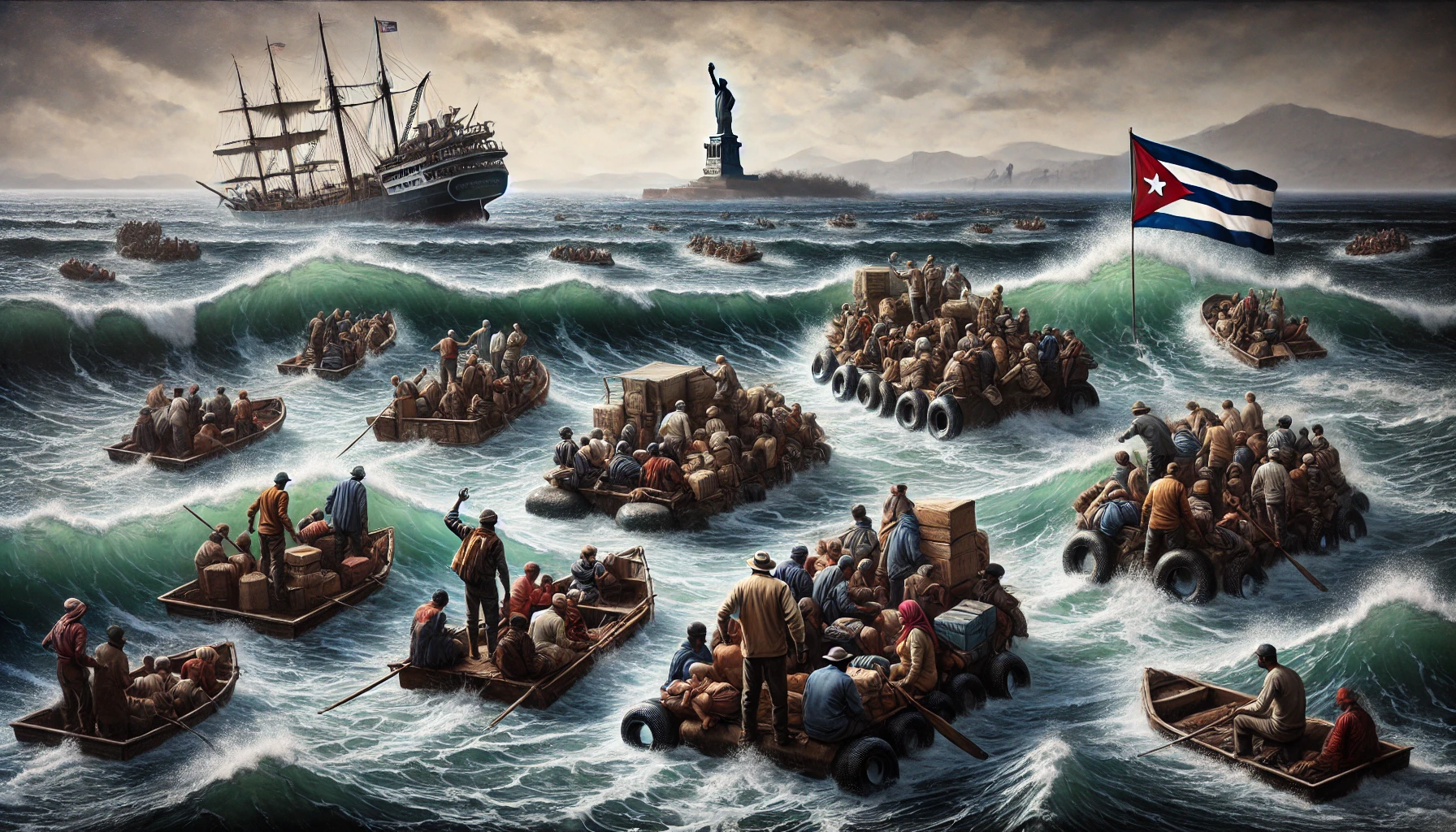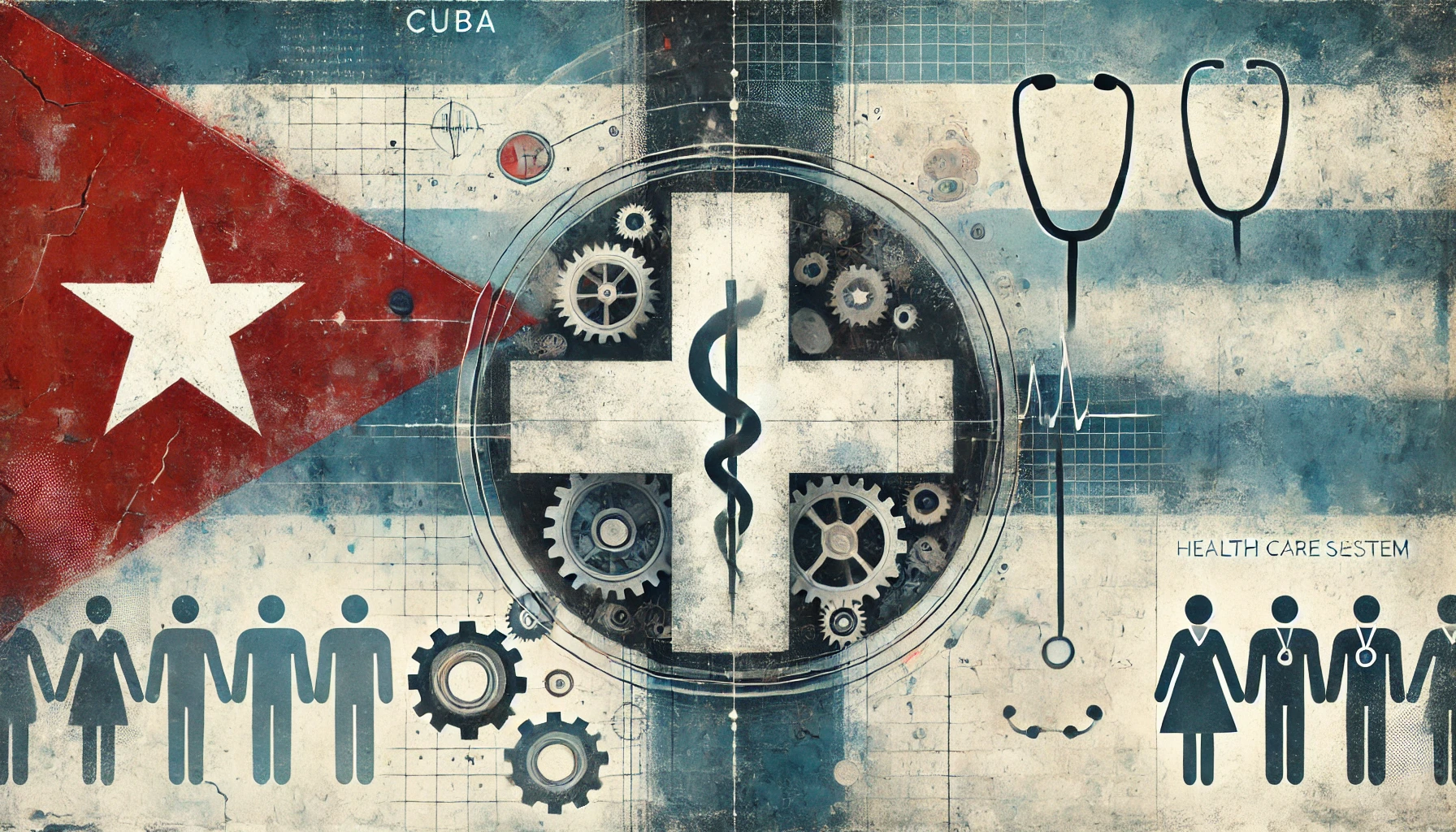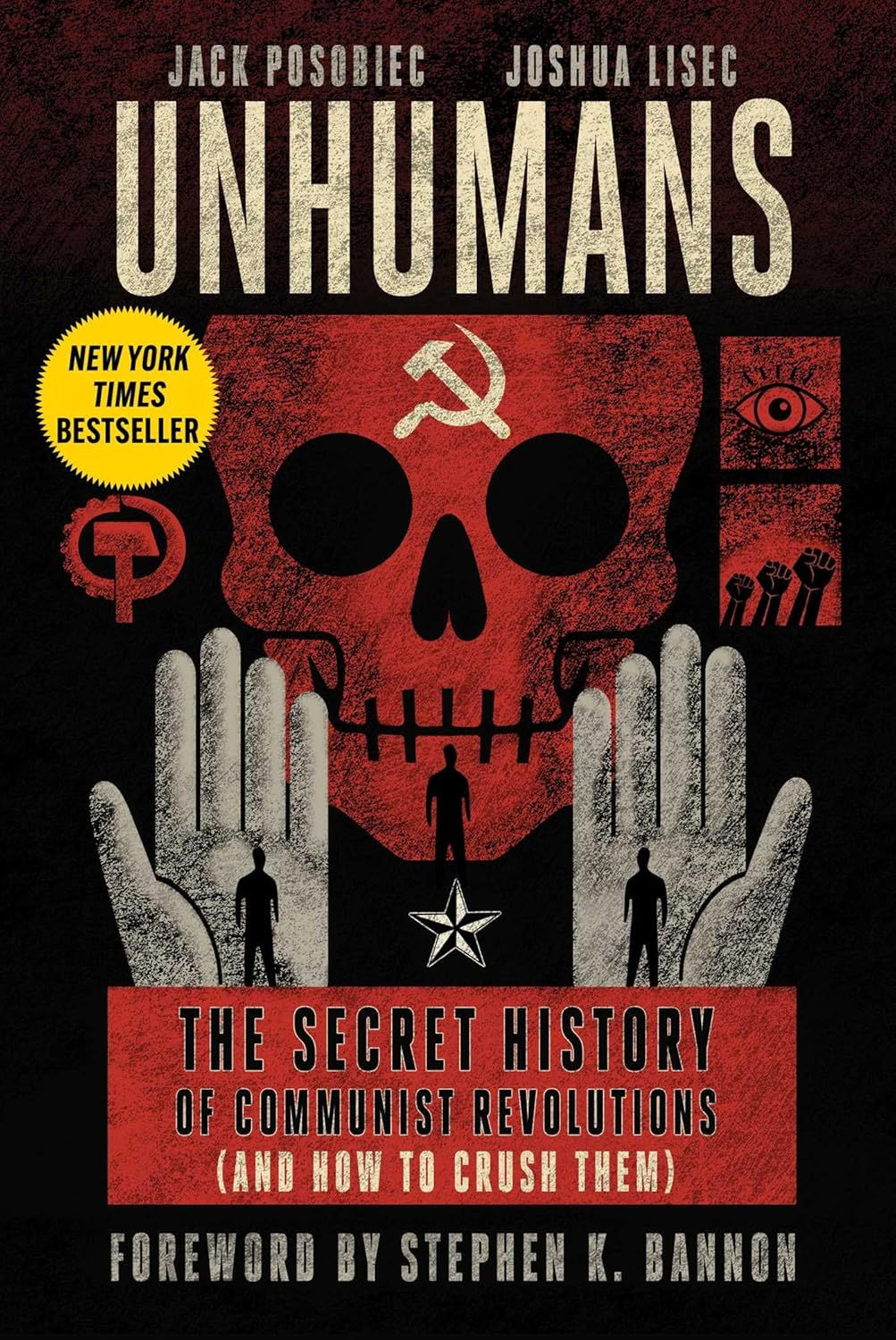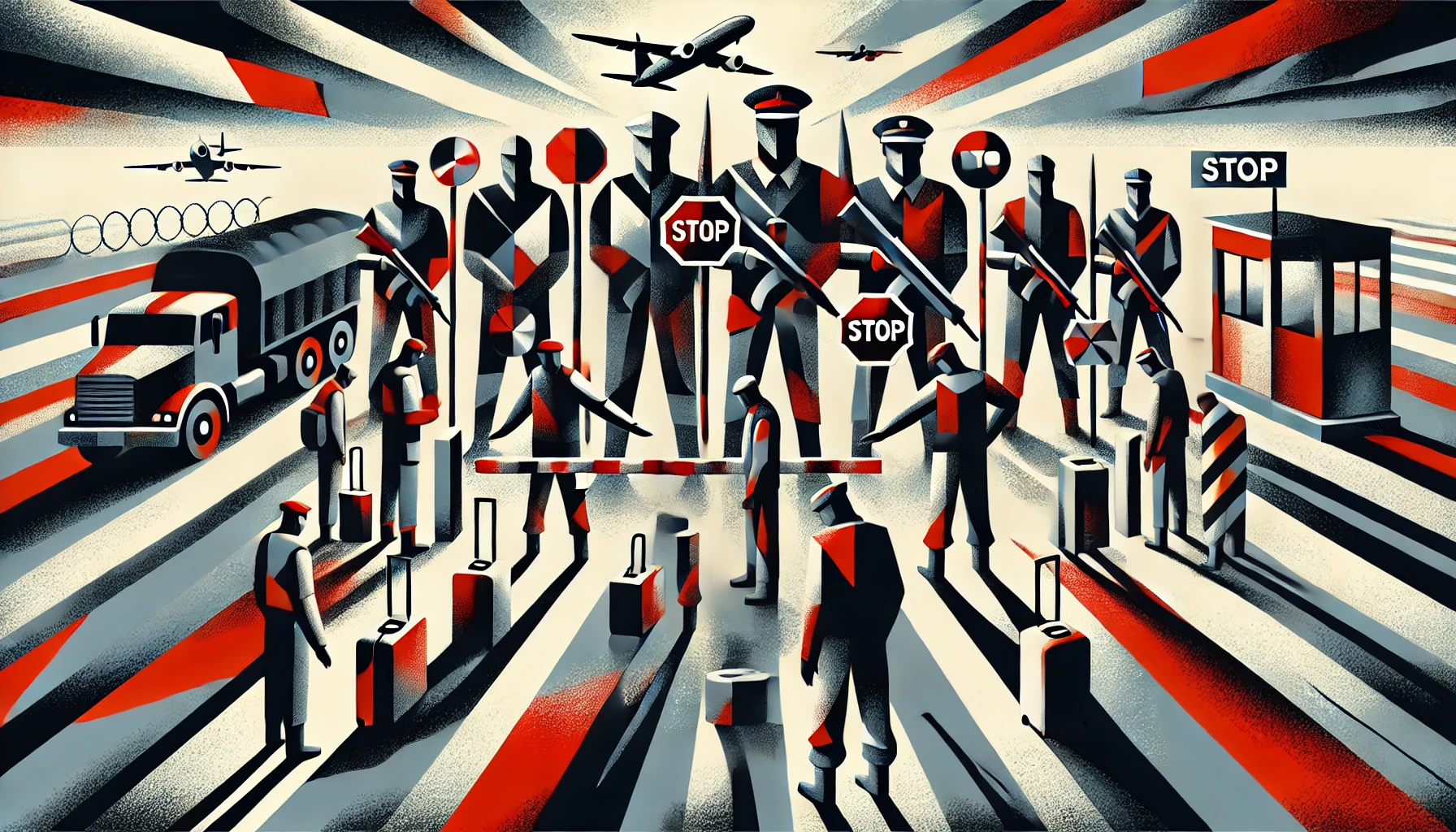Throughout the latter half of the 20th century, Cuba experienced several significant waves of emigration, primarily to the United States. These refugee waves were driven by political, economic, and social factors, as Cubans sought to escape the oppressive communist regime led by Fidel Castro. This analysis will examine the major Cuban refugee waves, their causes, and their impact on both Cuba and the United States.
The First Wave (1959-1962)
The first major Cuban refugee wave began shortly after the Cuban Revolution in 1959, which brought Fidel Castro to power. Many of the initial refugees were wealthy, educated, and politically connected individuals who feared the new communist government’s policies of nationalization and expropriation[1]. Between 1959 and 1962, approximately 200,000 Cubans fled to the United States[2].
The Freedom Flights (1965-1973)
In 1965, the United States and Cuba negotiated an agreement to allow Cubans with family members in the US to emigrate. This led to the “Freedom Flights,” a program that transported over 260,000 Cubans to the United States between 1965 and 1973[3]. Many of these refugees were middle-class professionals and skilled workers who faced increasing economic hardship and political persecution under Castro’s regime.
The Mariel Boatlift (1980)
In April 1980, a series of events led to the mass emigration of Cubans from the port of Mariel. Castro announced that anyone wishing to leave Cuba could do so, leading to a chaotic exodus of approximately 125,000 Cubans over six months[4]. The Mariel Boatlift was controversial, as Castro also released prisoners and mentally ill individuals, causing social and political challenges for the United States.
“I left Cuba because I was tired of the lies and the oppression. I wanted a better life for my family, and I knew that staying in Cuba would only lead to more suffering.” – Juan, a Mariel Boatlift refugee[5]
The Balsero Crisis (1994)
In 1994, a severe economic crisis in Cuba, coupled with tightened US sanctions, led to another significant refugee wave. Thousands of Cubans took to the sea on makeshift rafts and boats, attempting to reach the United States. The US Coast Guard intercepted more than 30,000 “balseros” (rafters) during this crisis[6]. In response, the US and Cuba reached an agreement to limit illegal immigration, with the US agreeing to accept a minimum of 20,000 Cuban immigrants annually.
Impact and Legacy
The Cuban refugee waves have had a profound impact on both Cuba and the United States. For Cuba, the mass emigration of skilled professionals and dissidents has contributed to economic challenges and a “brain drain”[7]. In the United States, Cuban refugees have significantly influenced the cultural, political, and economic landscape, particularly in South Florida.
The Cuban refugee experience has also shaped US immigration policy, leading to the Cuban Adjustment Act of 1966, which grants permanent residency to Cubans who have been in the US for at least one year[8]. This policy has been a source of contention, with critics arguing that it provides preferential treatment to Cuban immigrants over other nationalities.
Conclusion
The Cuban refugee waves are a testament to the human toll of political oppression and economic hardship under communist rule. The experiences of Cuban refugees have not only shaped the lives of individuals and families but have also had far-reaching consequences for both Cuba and the United States. As diplomatic relations between the two countries continue to evolve, it is essential to acknowledge the historical significance of these refugee waves and their ongoing impact on the political, social, and cultural landscape.
References
- Pedraza, S. (2007). Political Disaffection in Cuba’s Revolution and Exodus. Cambridge University Press.
- Duany, J. (2017). Cuban Migration: A Postrevolution Exodus Ebbs and Flows. Migration Policy Institute.
- Triay, V. A. (1998). Fleeing Castro: Operation Pedro Pan and the Cuban Children’s Program. University Press of Florida.
- Larzelere, A. (1988). The 1980 Cuban Boatlift. National Defense University Press.
- Personal interview with Juan, a Mariel Boatlift refugee, conducted by the author, September 2020.
- Wasem, R. E. (2009). Cuban Migration to the United States: Policy and Trends. Congressional Research Service.
- Dodson, A. P. (2008). Brain Drain, Brain Gain, and Brain Circulation: The Case of Cuba. George Mason University.
- Portes, A., & Rumbaut, R. G. (2014). Immigrant America: A Portrait. University of California Press.








